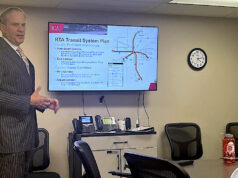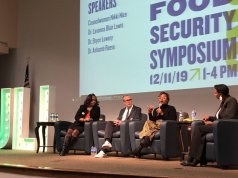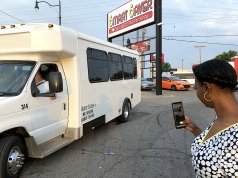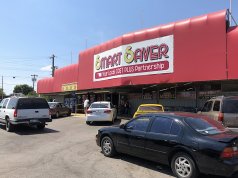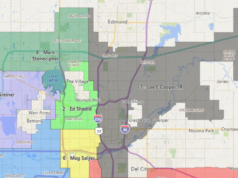
After two years, the promise of Northeast Oklahoma City’s first new grocery store in half a century remains up in the air.
Buy For Less executives announced the project in May 2014, but, 27 months later, Susan Binkowski (who runs the grocery store’s property division) has declined to return NonDoc’s phone calls or emails asking about the development.
To the casual observer, work appears stalled on the project, dubbed King’s Crossing, at the northeast corner of Northeast 23rd Street and Martin Luther King Boulevard.
In 2014, The Oklahoman reported that the plans included:
a nationally known major retailer, an education component, an 18,000-square-foot medical complex … retail with upstairs apartments that might allow for live-work tenants, and space designed for start-up retail entrepreneurs.
Residential development; environmental issues
Catherine O’Connor, president of the Alliance of Economic Development and the Urban Renewal Authority, said a plan for King’s Crossing is still in motion.
“TIF can’t be the only tool,” O’Connor said, referring to tax increment financing. “There has to be other things you use to help an area, whether it’s the city doing general-obligations bond projects like street resurfacing, sidewalks, or the Urban Renewal Authority using the federal grants for housing. You just have to have a lot of different approaches to it.”
To that end, the Urban Renewal Authority provides grants for new housing south of Northeast 23rd Street. New housing is needed to keep the proposed Uptown Market and retail, living and medical spaces sustainable, O’Connor said.
The Urban Renewal Authority owns many residential lots in the JFK Neighborhood and encourages single-family home development, she said, adding that new housing developments and a new market would mutually benefit each other.
Ward 7 councilman John Pettis attested to environmental problems that have impeded construction on the King’s Crossing plan, which is a part of the Northeast Renaissance Project.
“There was contamination. Let’s say 10 to 12 acres were used as a dumping site,” Pettis said during an interview this spring. “Then, part of the land, you had a couple old filling stations and dry cleaners and stuff like that. So the site does have some challenges. Ten to 15 acres drops off about 50 feet, literally. I mean, they are going to have to do some creative things to get it down.”
Pettis said he has been excited about the project from its inception.
“As a city, we have done everything that we possibly can do at this point,” Pettis said. “So now it is in the hands of the developer to redesign the site plan and submit to the city an updated site plan.”
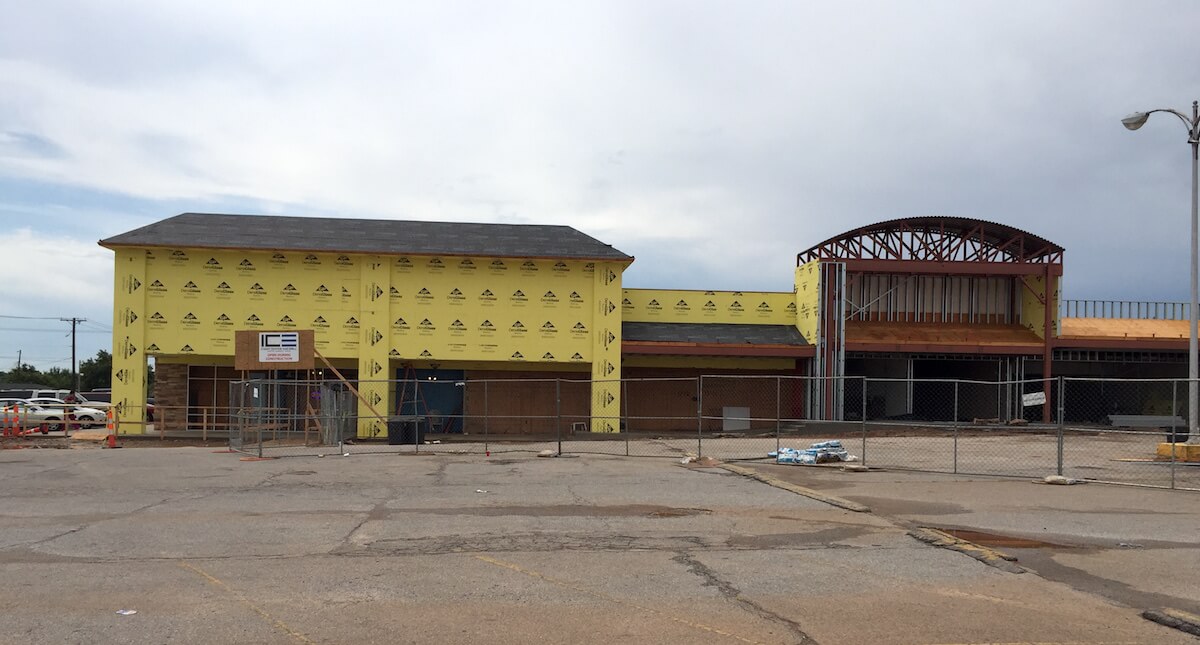
A tale of two TIFs
While Binkowski remains silent on her family’s $30 million King’s Crossing project, a $26 million TIF district has been approved for shopping center development near the intersection of Northeast 36th Street and Kelly Avenue.
That shopping center houses the Ice Event Center & Grill, which hosts live music, poetry and other community events. The shopping center’s new, tall facade is visible from blocks away.
Called the Northeast Plaza, that shopping center’s redevelopment began in February and includes plans for large retailers.
A community waits
Back at King’s Crossing, some demolition occurred many months ago, and both Pettis and O’Connor said they were prepared for a long process.
Other eastside community members remain hopeful that the new Buy For Less store becomes a reality, though skepticism grows with time.
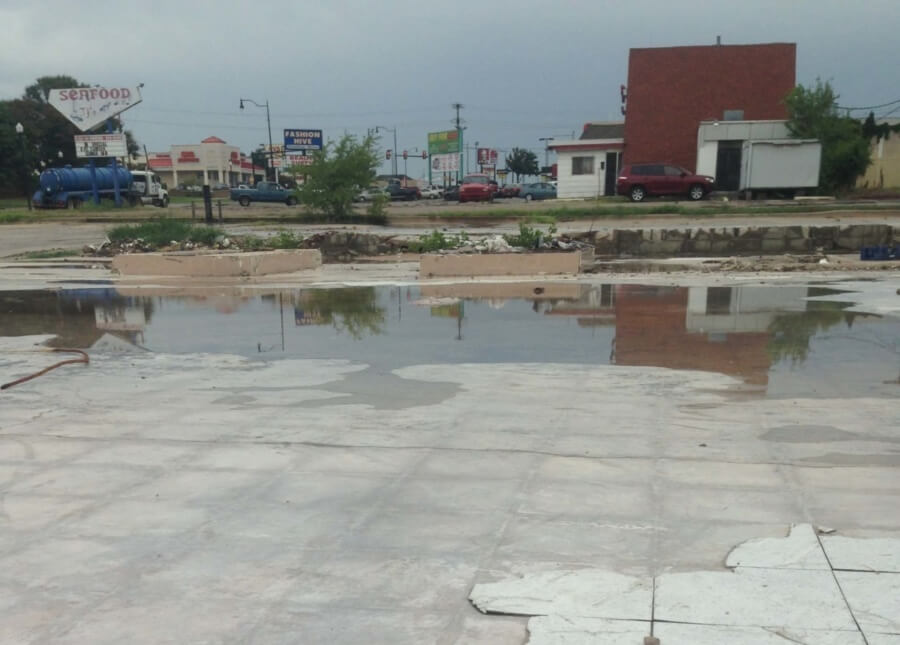
“We’ll just move,” she said.
At a small table amid dusted and cracked golden-hour light, a patron awaited her meal and said she thought the new market was on the way.
She glanced at TJ’s sizable menu and remembered a first date she had with her late husband who was in the service.
The existing Buy for Less at 2001 NE 23rd St. has been serving the community from its 54-year-old building the past four years. At its hot bar, a pork chop or catfish meal with bread and a side is $4.99.
The cashiers and customers sometimes dryly comment on the slow progress of the much-hyped replacement. One customer, while setting four bottles of teriyaki sauce onto the conveyor belt, said he heard from a car-dealer friend about Uptown Market’s amenities.
Cashier: Supposed to be soon. We been waiting for a while.
Customer: They said there’s going to be a community center in there, too.
Cashier: Yeah.
Customer: Community center saved my life when I was a kid.
Others have high hopes as well.
“I know it would be nice,” said John Dale, who stood parked beside the nearby Family Dollar chatting with his buddies. “Anything that’s an upgrade to the east side. They oughta do like they did with the Deep Deuce area and fix it up real nice. They haven’t built anything in awhile. You know that.”
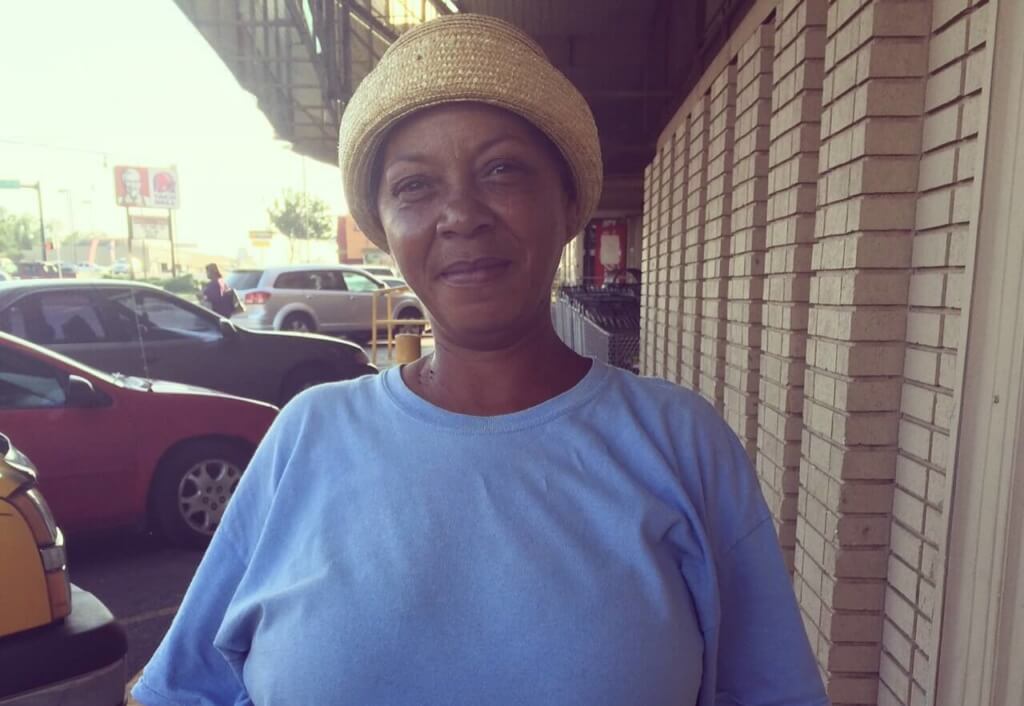
Bringing the money to his neighborhood
Pettis said he has long been scouting for a way to improve his neighborhood.
He traveled to Milwaukee, Fort Worth and other cities to see what they were doing to aid distressed communities. He saw those cities had created TIF districts to invest sales and property taxes back into a particular area. He even saw the solution in his own backyard.
“You look, for example, at Midwest City off across the street from Tinker,” Pettis said. “That happened because Midwest City was very creative. You move further west on (Interstate) 40 to the Yukon area, and the developments you see there happened because the city created a TIF district.
“Then, you look at Deep Deuce and even the (OU) Health Sciences Center. Those developments happened because the municipality created a TIF district.”









